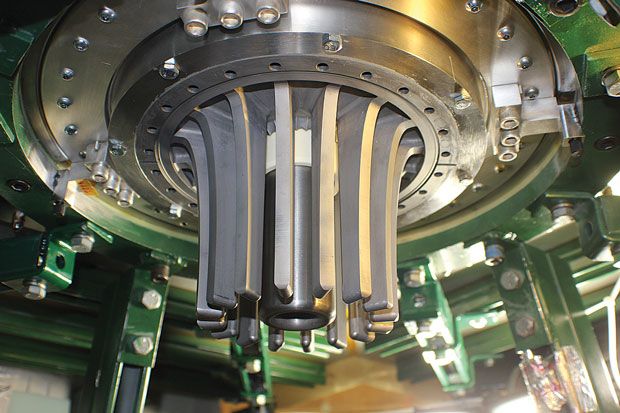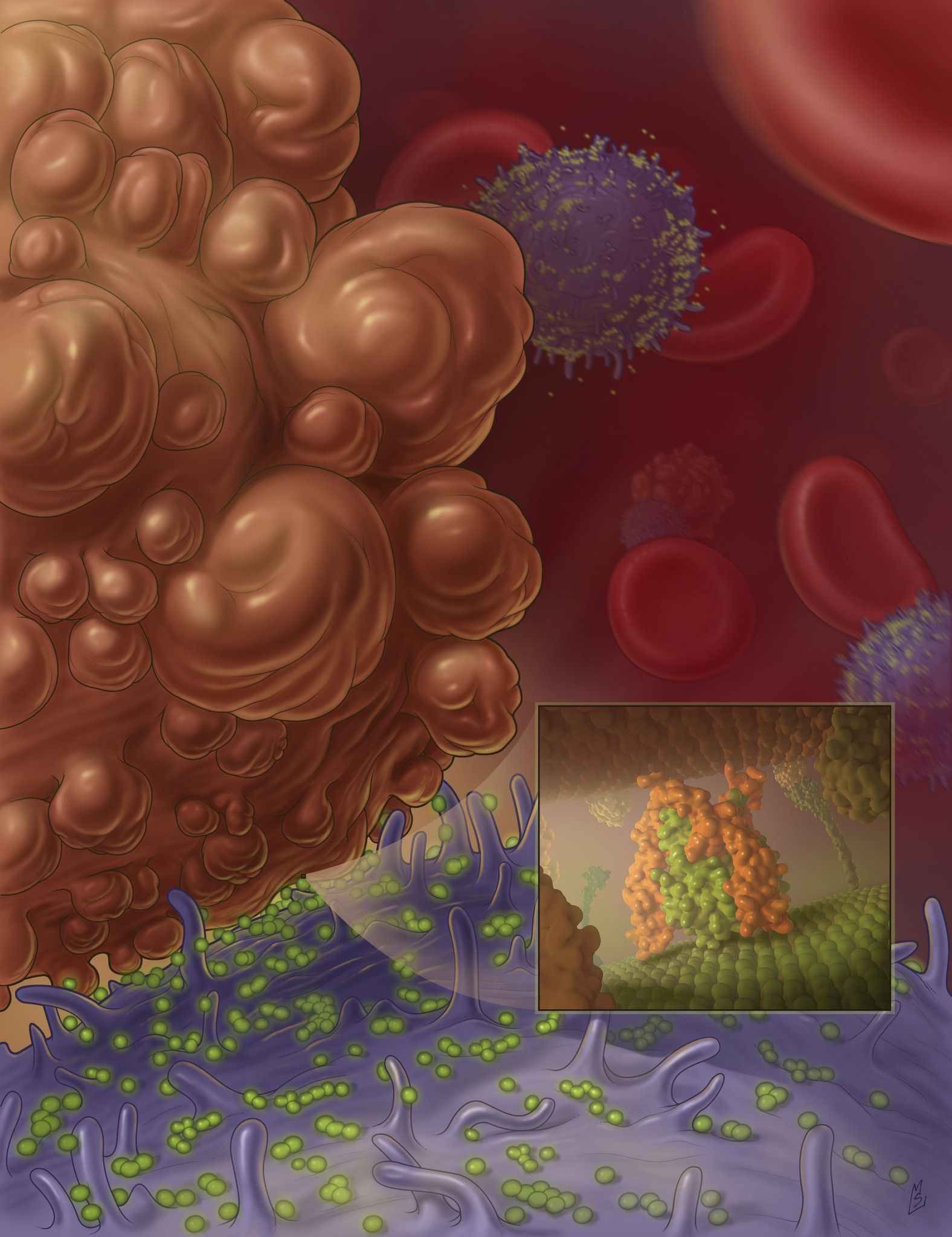Physicists pin their hopes on new magnets and fast lasers.



With a glass and metal design reminiscent of the Galaxy S6, it could prove pretty popular.
It’s actually quite difficult to buy a phone these days that isn’t a buttonless smartphone — leaving people who prefer a physical keyboard (they still exist, as the Blackberry Priv shows) without many options.
The market for this phone might be fairly niche, but if it satisfies users’ nostalgia and actually works it could be a success.

Nanoscale liposomes (orange) containing TRAIL protein (green) attach to the surface of white blood cells (blue), bump into cancer cells (brown), and program them to die (credit: Cornell University)
Cornell biomedical engineers have developed specialized white blood cells they call “super natural killer cells” that seek out cancer cells in lymph nodes with only one purpose: to destroy them, halting the onset of cancer tumor cell metastasis.
“We want to see lymph-node metastasis become a thing of the past,” said Michael R. King, the Daljit S. and Elaine Sarkaria Professor of Biomedical Engineering and senior author of a paper in the journal Biomaterials.

Each year, an estimated 70 million sharks are killed for their fins. The brutal shark finning process involves cutting off a live shark’s fins and returning the debilitated animal back into the water to die a slow death. Highly valued in traditional Asian medicine and cuisine, the fins can sell for as much as $300 a pound on the black market.
What if an artificial shark fin could remove sharks from the equation completely?
New Wave Foods, a San Francisco-based sustainable seafood company, is developing a bioengineered fin product that could pull the rug out from underneath the shark trade.
Rodney Brooks and his company are building robots to work alongside humans in factories. But should workers be concerned for their jobs? :|]
http://www.bbc.co.uk/news/business-34810552

A team of quantum physicists in Martinis Lab have come a step closer in creating the circuitry that would allow them to process super computing done by quantum computers. The revolution is promised by the new quantum bits (qubits) compared to the previously done classical computing. Qubits infuse the system with high levels of reliability and speed, thus building foundations for large scale superconducting quantum computers.
Till now computing has been done by classical methods in which the bits were either in states 0 or 1, but qubits exist at all the positions simultaneously, in different dimensions. This special property of being omnipresent is called ‘superpositioning’. However, one of the difficulties is keeping the qubits stable to reproduce same result each time. This superpositioning characteristic makes qubits prone to ‘flipping’, therefore making it difficult to work with.
Julian Kelly, graduate student researcher and co-lead author of a research paper that was published in the journal Nature said:

VIDEO: “Gigantic” doesn’t do it justice.


Everyone is waiting for the iPhone 7, but reports suggest we might see more than two size options available for Apple’s next smartphone.
